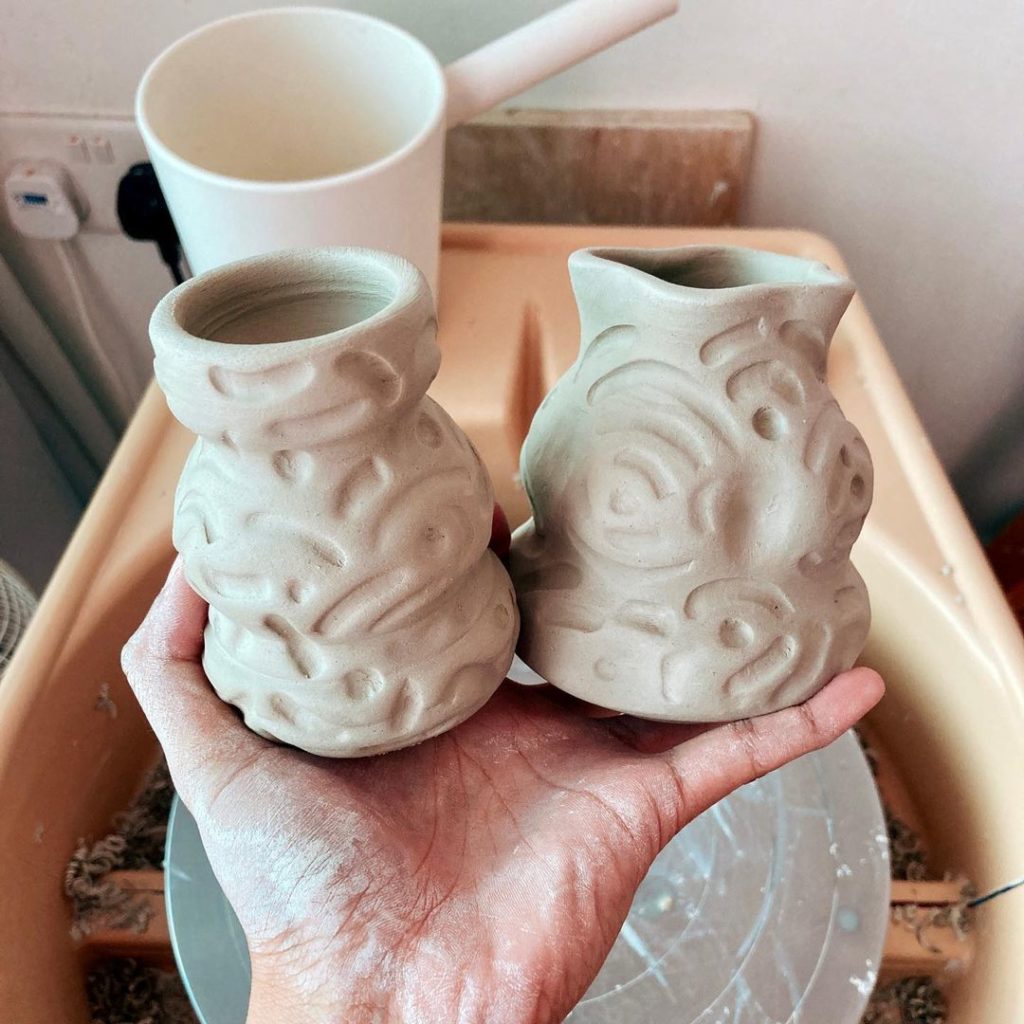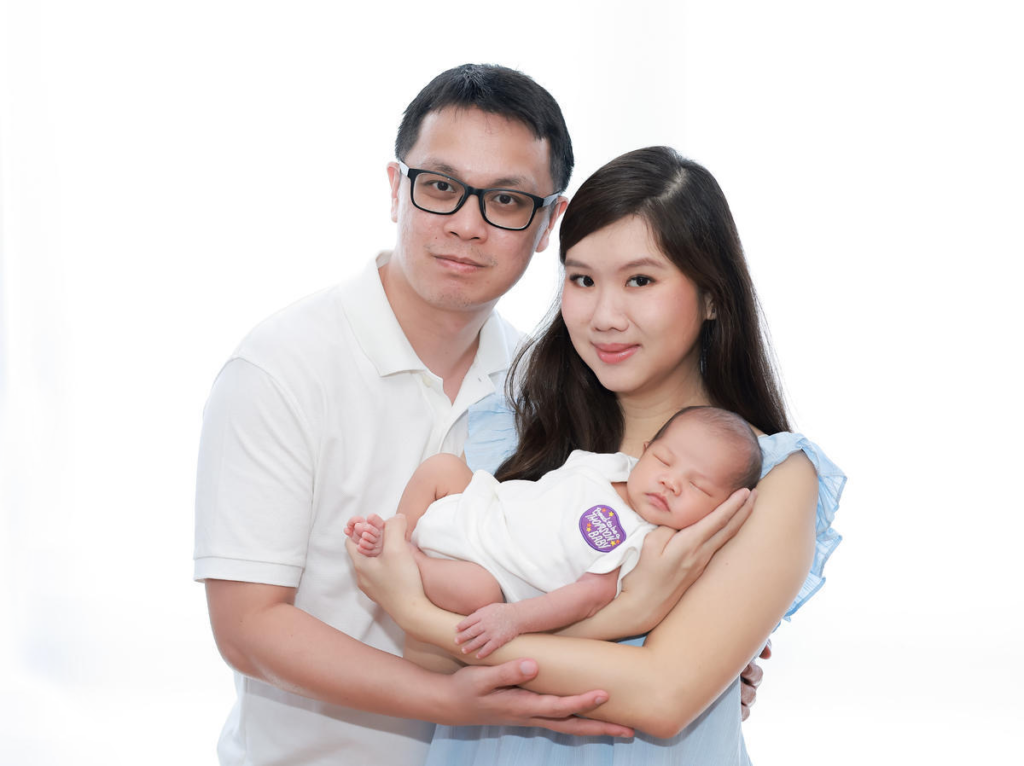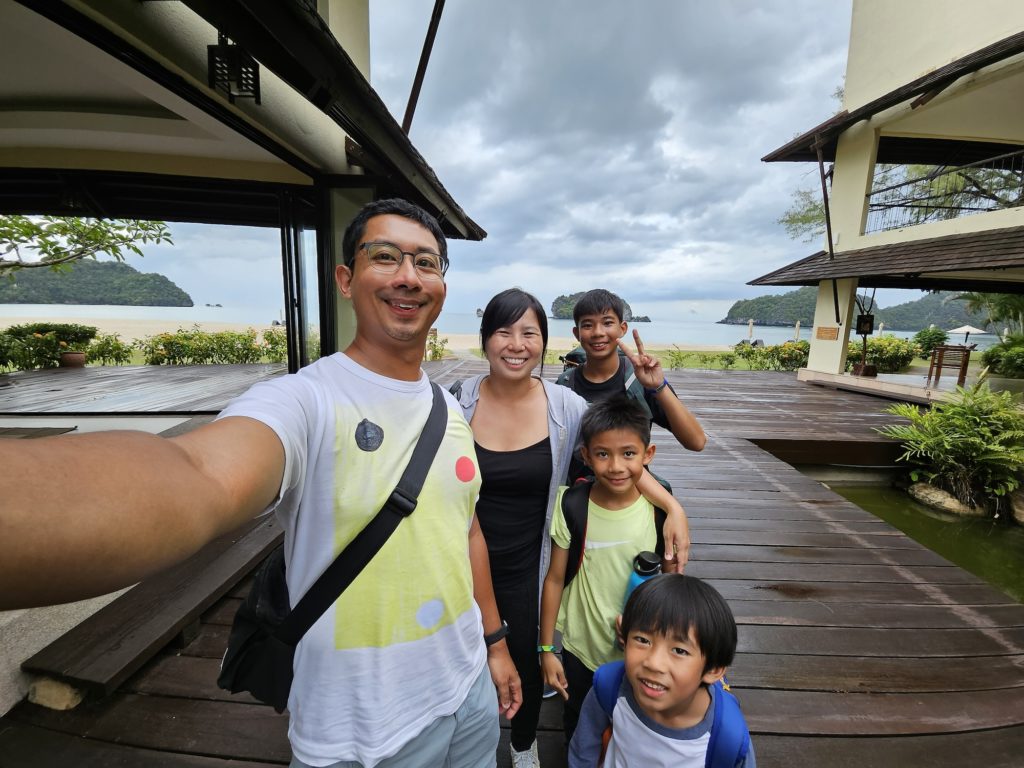Getting started on planning for your future & retirement
When we think of retirement, a typical image that comes to mind might be of a couple of grey-haired folks chilling on a pristine beach with a cocktail in hand.
This is more than just a postcard-worthy picture — it suggests a carefreeness that most, if not all of us hope to be able to enjoy in our golden years. A freedom from financial worries and all the responsibilities that burdened us when we were younger.
In order to achieve this, it is important to set goals and plan, but some of you might be wondering where and how to start. Such a thing may not even have crossed your mind lately… until now, that is.
To help give you an idea of how to get started, MS News spoke to four groups of individuals across different age brackets to find out more about their future aspirations and the financial habits they have adopted to try and reach them.
Don’t worry about feeling clueless – it’s completely okay. Remember, the first step to change is awareness, so now that you know what you don’t know, you can start to properly think about what you need to do next.
Journalist runs creative side gig to boost retirement savings
Our 20s are usually a period of exploration, discovery, and making mistakes while hopefully learning from them along the way.
It’s also a time when most people feel more comfortable taking risks in their careers to grow their savings as they are likely to have fewer financial commitments.
28-year-old Ms Dayana Rizal is one such individual. During most of the week, she is a journalist immersed in the fast-paced world of breaking news and viral videos.
But come Sundays, her world slows down significantly as she sits behind the potter’s wheel in her apartment to create mugs, jars, and other small items with clay for her side business.

Source: @potekceramic on Instagram
She didn’t always juggle two hats at the same time.
Not long after the pandemic struck in 2020, Ms Dayana, who had been with TheSmartLocal, left the company to focus solely on her pottery business.
At that time, she felt she could manage financially as she was still living with her parents and had a healthy amount of savings.
Then, in December 2021, she decided to move out as she wanted to learn how to be independent and support herself.
Suddenly, there was rent to pay and loads of other financial responsibilities like groceries, bills, and other common ‘adulting’ expenses to shoulder.

Source: mediaphotos on Canva, for illustration purposes only
She soon realised that being a full-time ceramic artist wouldn’t be viable in the long run.
Although she was still contributing to her CPF account as she was employed in a studio and receiving a base salary, she wanted a steadier income and didn’t want to depend so much on commissions from how many pieces she sold.
So in early 2023, she returned to TheSmartLocal for a comparatively more stable job, this time joining MS News as a sub-editor while continuing to run a home-based pottery business on the side.
“My pottery side hustle is mainly to help bolster my savings for a rainy day,” she explained, adding that it serves as a creative outlet for her as well.
More consistent CPF contributions will also help her reach her goal of owning her own home in the future. One day, she hopes to save up enough to open a proper, full-fledged pottery studio as well – an upgrade from just having a pottery wheel in the corner of her apartment.

Source: @potekceramic on Instagram
To achieve the latter, Ms Dayana takes deliberate steps to be more mindful of her spending. For instance, she takes public transport instead of cabs and cooks simple meals at home instead of splurging on restaurants.
She also keeps an eye on how much she has saved up by checking her bank account balance at least once a month. At the same time, she makes sure she has enough to cover at least three months’ worth of expenses saved up at all times.
“In hindsight, moving out of my parents’ home and leaving my stable job at around the same time wasn’t a good idea,” she mused. “I feel like I could have planned things better, now that I know better. (Laughs)”
As for what advice she may have for others looking to take on a side gig for an income boost, Ms Dayana shared that if possible, one should do something that they enjoy.
That said, they also must be realistic and do their research to know what financial sacrifices they might have to make because passion can cost money too.
In Ms Dayana’s case, she estimated that the cost of sustaining her side business takes up about 10% of her monthly full-time salary. Besides the one-time payment of S$1,300 to purchase her pottery wheel, she also has to spend money on raw materials, her website, and booth rentals for pop-up events.
However, she believes it’s a worthy investment as she usually manages to make back more than what she spent. Furthermore, she gets to continue practising her hobby while also contributing to her future goals.
New parents freecycle to save on child’s expenses
In our 30s, we might start to experience some very big life changes such as marriage and starting a family.
It’s also when we may be purchasing our first homes, which might inevitably be one of the areas where we’ll be spending the most of our savings.
For 32-year-old marketing manager Ms Elizabeth Lee, securing her BTO with her husband, 33-year-old corporate trainer Mr Benjamin Lim, in 2016 ignited a passion for financial planning.
She even started a YouTube channel sharing personal tips on how to save and make better financial decisions.

Like many of their peers, settling their HDB loan is currently one of their biggest financial commitments. Their goal is to pay it off in five years so that they can focus more on planning for their retirement.
As new parents who welcomed their first child in July 2023, they also need to think about all the expenses that come with raising a kid.
“Since having a baby and buying our flat, our financial state has taken a hit,” Ms Lee admitted.

Image courtesy of Ms Elizabeth Lee
For instance, after government subsidies, childcare costs around S$700 a month. Necessities like diapers also amount to about S$70 a month, and they’re also spending S$500 a month on a short-term interactive brain development programme for their son and S$250 a month on his insurance.

Source: Diana Polekhina on Unsplash, for illustration purposes only
Needless to say, the child’s arrival has spurred the already budget-conscious couple to become even thriftier. They opt to save money by not hiring a helper and enlist help from their families to aid them with baby duties whenever they feel overwhelmed.
Another way they try to spend less is by freecycling, where they obtain unwanted but still functional items like cots, prams, and toys from their relatives and neighbours or online marketplaces such as Carousell.
In addition, they continue to grow their savings by investing in products that they prefer and are familiar with, like fixed deposits and stocks, as well as continuing to contribute to their CPF accounts.

Source: Tech Daily on Unsplash, for illustration purposes only
Besides restoring their Ordinary Account (OA) and MediSave Account (MA) savings – which had been used mostly for paying for their HDB loan and Ms Lee’s maternity expenses respectively – via their monthly CPF contributions as employees, the couple also plans to transfer savings from their OA to their Special Account (SA) while retaining sufficient funds in their OA to pay their home loan.
Their main goal is to remain financially sufficient as retirees — long after their children have left the nest. By their rough calculations, they think a good retirement payout sum would be around S$4,000 a month each (in 2024 value).
To them, the most ideal form of retirement is having enough money to take care of themselves while having room to pursue other interests such as travelling and volunteering.
For anyone with a similar goal of relaxing in their golden years, Ms Lee recommends starting to save today to make use of compound interest.
While she and her husband have money invested, the CPF interest rates of up to 5% are a safe return that they feel helps them build their retirement nest egg and sleep better at night.
Father of 3 switches industries to pursue passion & better pay
As we move into our 40s, we might find our priorities shifting more towards caring for both our children and ageing parents, but we mustn’t neglect to take care of ourselves too.
Fortunately for Mr Ammar Hassanbhai, his parents are still in good health, but he got a wake-up call about needing to be more conscious of his financial decisions after he got married and started a family.
“Suddenly, it wasn’t just about me anymore,” said the 44-year-old, who has three kids aged 13, eight, and five. “As parents, you want your growing children to have good things, and those can add up.”
Besides providing his children with the necessities, he and his wife believe in providing their kids with enrichment classes and encouraging them to pursue other interests outside of school, such as sports.

Image courtesy of Mr Ammar Hassanbhai
He also wanted to pursue his passion for helping others in the medical field. This is why in 2019, he decided to make a mid-career switch from being a university researcher to joining the healthcare industry.
After completing a 12-month professional conversion programme, Mr Ammar became a senior manager in quality assurance at a medical device company.
The new job provided him with a better career prospect and a higher salary.

Source: Wavebreakmedia on Canva, for illustration purposes only
Still, he is concerned with rising costs and tries to cut down on unnecessary expenses, especially since he realistically expects to have to support his parents eventually as old age catches up to them.
For instance, he gives himself a week to mull over potential purchases to decide if they are truly a need or a want instead of giving in to his impulses right away.
With his children being his main focus at the moment, Mr Ammar confessed that he hasn’t quite made any concrete and defined preparations for his retirement. Some steps he has considered are investing in policies that will benefit him in his golden years and topping up his CPF savings.
In any case, he does not want to make his kids a part of the next sandwich generation by expecting them to support him and his wife when they’re older.
“We should be financially independent,” he stated. “It would be unfair to pass any of my burdens to my children.”
It’s also why he’s thankful for the Dependants’ Protection Scheme as it provides basic protection to one’s family in the event of their death, terminal illness, or total permanent disability.

Source: Chinnapong on Canva, for illustration purposes only
Having insurance gives Mr Ammar peace of mind, but he also stressed the importance of ‘investing’ in one’s health.
“It’s noble to seek to make sacrifices for your family, but you also have to look after yourself because if your health becomes affected, then you would have to depend on the people who depend on you,” he mused.
These ‘investments’ come in terms of both time and money – time to exercise so that he can stay physically fit, and money to purchase healthier and better-quality food.
“In most cases, we might not feel the impact of poor health until we start noticing symptoms,” he said. “Although we may not see the impact now, but down the road, our bodies will thank us.”
As the old saying goes: health is wealth.
Senior continues working to stay active in retirement
Some folks choose to take it slow in their 50s and beyond, but others like Mr Ramakrishnan Ramasamy prefer to continue working just to stay active.
The 67-year-old currently works part-time as a security officer because he would — in his own words — “be too bored if [he] retired completely”.
The job, he explained, allows him to stay active both physically and mentally. Since the role isn’t tedious and offers flexible hours, he has plenty of time for his family and his hobbies — all while bringing home a salary at the same time.

Source: Rayner Simpson on Unsplash, for illustration purposes only
Before this, he worked in the shipping industry but was retrenched amid the economic crisis in the early 2000s, which left him unemployed for a few months.
During this period, Mr Ramakrishnan, who had an interest in healing and wellness, decided to travel to Thailand to learn Thai massage.
He turned this into a career as a professional massage therapist before upskilling himself to become a certified trainer.
“It was a very rewarding career as it allowed me to help a lot of people,” he smiled.

Source: microgen on Canva, for illustration purposes only
He stopped being a massage trainer in 2018 to take it slow as he was getting older and started finding the job more physically demanding, with him not being able to take on as many customers as he used to.
Now, he’s at a point where he no longer needs to worry about major financial commitments like housing or his children’s education. However, he still wants to contribute to the family’s expenses like household bills and bring them on holidays, hence his part-time security gig.
Also giving him a financial boost are his monthly CPF LIFE payouts, which Mr Ramakrishnan has been able to receive since reaching retirement age.
Additionally, he has taken steps to ensure his family is taken care of by making a CPF nomination so that his monies will be distributed according to his wishes after he has passed.
Despite being in a comfortable place now, he feels he could have made even smarter financial decisions when he was younger.
“I’ve always been very happy-go-lucky and carefree, but hindsight is 20/20,” he said. “You cannot predict things like retrenchment and economic crises, so it’s important to plan by building up your savings and being more conscious of your spending.”

Source: rattanakun on Canva, for illustration purposes only
As for what advice he has for young Singaporeans, he urges them to “be smart and ensure you spend within your means”, especially if they still have housing and kids to worry about.
“Seek professional advice if you need to — those folks probably know it best. My younger self also thought finances were boring, but I’ve come to realise the significance of staying informed about them.”
Get retirement ready with CPF
No matter what stage of life you’re at, it’s always prudent to plan for a secure and fulfilling future.
Before taking action, the first step is to envision your ideal retirement. Then, you can properly reflect on your finances before planning what you need to do to reach those goals.
This includes getting a holistic overview of your CPF accounts – which you can do via your Yearly Statement of Account.
The CPF planner – retirement income is a particularly handy tool where you can estimate how much retirement income you would need based on your desired retirement lifestyle.
In addition, you’ll also be able to see if you’re on track to meet your retirement income goal based on your current salary and CPF contributions. There are also simulations within the planner that suggest various steps you can take to make up for any shortfalls.
Planning and preparation pave the way for peace of mind, and it is one of the most priceless gifts you can give yourself.
Every step counts, and if you’d like to find out more on how to make every day matter, visit the CPF Board’s website.
Take care of future you by making the right plans
While embracing the present and cherishing the moment is crucial, it’s equally vital not to overlook the need for thoughtful preparations for the future.
No matter what stage you are in life and whatever goals you have for the future both long-term and short-term, we hope these stories have inspired you to prioritise taking care of your financials and take meaningful action.
Future you will definitely thank you for it.
This post was brought to you in collaboration with the Central Provident Fund Board.
Featured image adapted from Evgeniya Shugaliya on Canva and RyanKing999 on Canva, for illustration purposes only.









